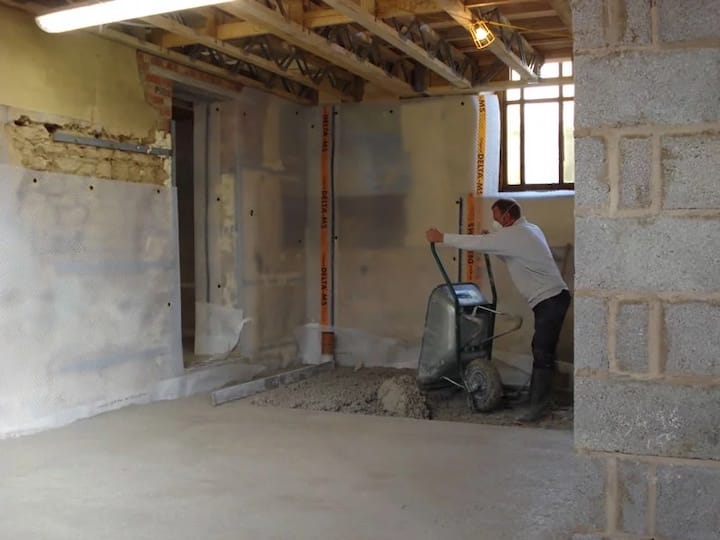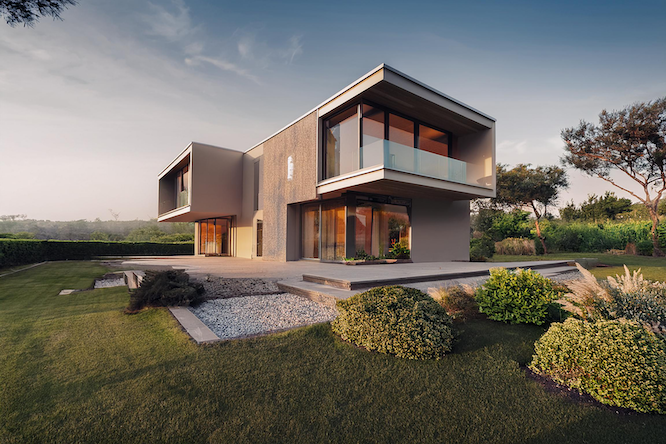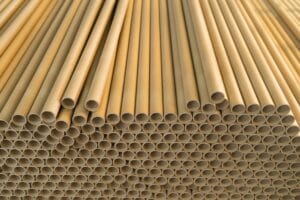Limecrete, an ancient building material, is now a sustainable alternative to concrete. Learn about its eco-friendly benefits, such as CO2 absorption and moisture control.
Limecrete is an ancient construction material that is making a significant comeback in modern architecture. Used by the Romans, Limecrete is composed of limestone, sand, and water, which, when mixed, create a material that is not only durable but also more sustainable than traditional concrete.
Historical Context and Benefits
Limecrete was a staple in Roman construction because it was versatile and effective. It consists of lime, sand, and aggregate, and is mixed with water to form a paste that hardens over time. The key benefit of Limecrete lies in its chemical properties. As it cures, it absorbs CO2 from the atmosphere, effectively making it a carbon-negative material. Unlike concrete, which emits CO2 during its production and curing phases, Limecrete helps to reduce the carbon footprint of construction projects.
One of the significant advantages of Limecrete is its ability to manage moisture effectively. The material’s porous nature allows buildings to “breathe,” which helps in controlling humidity levels. This reduces the risk of mold and damp issues, contributing to healthier living environments and extending the lifespan of buildings.
Modern Applications
In modern construction, Limecrete is used in various applications, particularly where moisture control is crucial. It is ideal for ground floors and basements, where its ability to manage damp conditions is highly beneficial. Limecrete floors can be particularly useful in buildings located in areas with high humidity, as they prevent moisture buildup and improve indoor air quality.
An Example or Two
In the UK, restoration projects are increasingly turning to Limecrete for preserving historic buildings. It provides a solution that maintains the authenticity of ancient structures while aligning them with modern sustainability standards.

In the realm of eco-friendly homes, Limecrete is commonly used in new residential buildings for flooring and insulation, promoting a healthier indoor environment and reducing the need for extra moisture control systems. These examples highlight Limecrete’s versatility in both preserving heritage and advancing sustainable living practices.
At N’arc, we emphasise sustainability in our architectural designs. We incorporate Limecrete into our projects to enhance their eco-friendliness. Whether you’re renovating an old structure or building a new one, our expertise can help you utilise Limecrete effectively, ensuring that your project is both durable and environmentally responsible.




